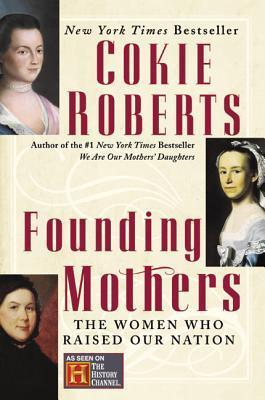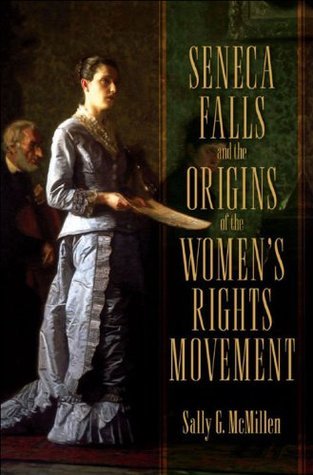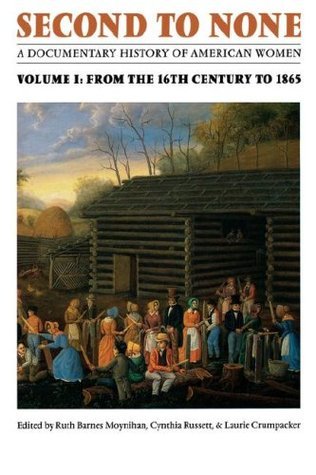
Why They Marched: Untold Stories of the Women Who Fought for the Right to Vote
Book Description
They risked everything—families, jobs, and even their lives—all for the fierce belief that women deserved a voice in shaping their country. “Why They Marched” unearths the gripping tales of unsung heroines who bravely stood against societal norms and fought for the right to vote. Through vivid narratives and powerful testimonies, Susan Ware illuminates the relentless courage of these women, revealing their struggles and triumphs in a movement that transformed America. As the clock ticks down to victory, what sacrifices would you be willing to make for freedom?
Quick Book Summary
"Why They Marched" by Susan Ware brings to light the remarkable, often-overlooked stories of women who fought for suffrage in America. Through a series of compelling profiles, Ware reveals how the movement was not a monolith, but a diverse coalition of activists from various backgrounds, including African American and immigrant women. The book intertwines personal stories with historical context, illustrating both the challenges and victories these women faced. By focusing on lesser-known figures alongside famed leaders, Ware demonstrates the collective nature of the suffrage campaign and its transformative impact on American society. Well-researched and vivid, the book underscores the courage and determination required to overcome legal, social, and cultural barriers—and serves as both an inspiration and a reminder of the ongoing struggle for equality.
Summary of Key Ideas
Table of Contents
Unsung Heroines and Diverse Voices
Susan Ware’s "Why They Marched" begins by delving into the lives of underrepresented women whose activism shaped the suffrage movement. While figures like Susan B. Anthony and Elizabeth Cady Stanton are well-known, Ware highlights lesser-known activists whose regional, racial, and class backgrounds brought crucial diversity to the movement. This inclusivity is essential to understanding the complex network of women who risked their personal reputations and safety for the cause.
Challenging Societal and Cultural Barriers
The book explores the formidable social and legal barriers these women faced. Voting rights were fiercely contested, and supporters of suffrage encountered backlash from both men and women who believed that politics was unfit for female participation. The author details how activists organized parades, published newspapers, and confronted legislators while enduring ridicule, arrest, and sometimes violence, demonstrating the breadth of their perseverance.
Personal Sacrifice for Social Progress
Personal sacrifice is a recurring motif throughout the narratives. Activists risked familial estrangement, livelihood, and sometimes their health for the sake of political participation. The book recounts moving stories of women who lost jobs, postponed marriages, or spent years in organizing work, all underlining the deep personal costs associated with collective progress.
Intersectionality in the Suffrage Movement
Ware also scrutinizes the suffrage movement through an intersectional lens. She charts the contributions of African American, working-class, and immigrant women, exposing both the inclusivity and exclusions within suffrage organizations. The movement’s internal conflicts regarding race and social status complicated unity, yet these stories reveal the movement’s dynamism and the resilience of its participants in the face of both external and internal challenges.
Enduring Legacy and Ongoing Struggle
As the narrative closes, Ware highlights the lasting legacy of the suffrage movement. The 19th Amendment marked a major legal victory, but the fight for full equality continued, especially for women of color who faced additional obstacles. The book ties these historical struggles to contemporary issues in women’s rights and voting, emphasizing the ongoing nature of the quest for political empowerment and equal representation.
Download This Summary
Get a free PDF of this summary instantly — no email required.





